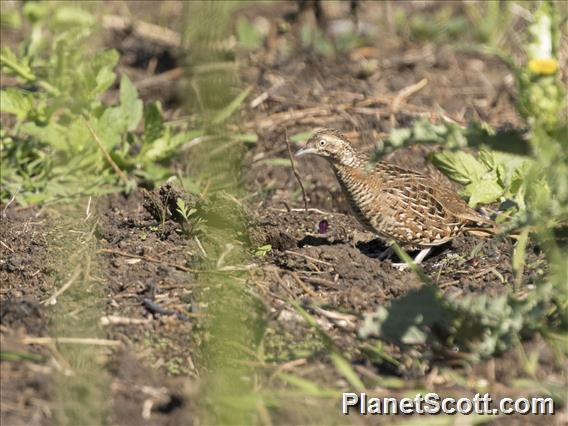Madagascar Buttonquail (Turnix nigricollis)

Madagascar Buttonquail (Turnix nigricollis)
×


Madagascar Buttonquail (Turnix nigricollis)
About Madagascar Buttonquail (Turnix nigricollis)
- Kingdom: Animals
- Phylum: Chordates
- Class: Birds
- Order: Shorebirds and Allies
- Family: Buttonquail
The Madagascar buttonquail or Madagascan buttonquail is a species of bird in the buttonquail family, Turnicidae,
that is endemic to Madagascar and a few small islands nearby. It is a ground-dwelling species with an unusual breeding biology in which the sexual dimorphism is reversed, with female being more brightly coloured than the male and it is the male that incubates the eggs and mainly cares for the young.
Source: Wikipedia
Trips
Visits
-
2017-10-31
Toliara, Madagascar -
2017-11-01
Ifaty, Madagascar -
2017-11-02
Ifaty, Madagascar -
2017-11-04
Isalo National Park, Madagascar -
2017-11-18
Andasibe, Madagascar


